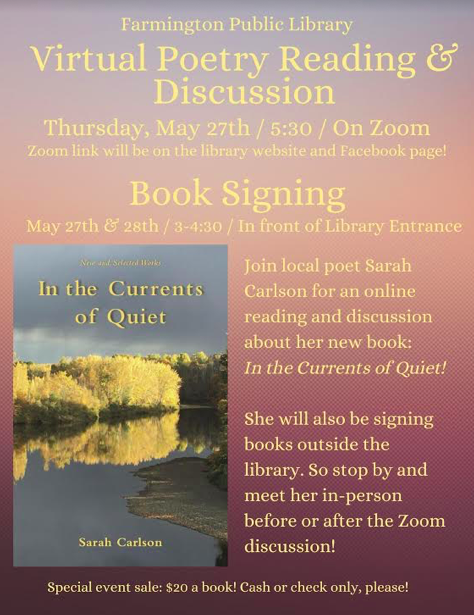Over a long career in journalism, I have explored parenting dos and don’ts with many experts. I’ve interviewed neuroscientists, family therapists, bestselling parenting gurus and professionals working on the front line of teenage mental health.
As editor of Cosmopolitan, Elle, and in executive roles at various newspapers, I’ve quizzed young female staff about their relationships with their mums, I’ve read parenting books new and classic and devoured every possible weighty ‘think piece’ on adolescence.
And I’ve had more than my fair share of frontline experience as a mum of four children (Sky, 18; Grace, 17; Henry, 14; and Mabel, ten).
But, I confess, I have been knocked sideways by the teenage years, particularly female adolescence. I was confused by the girls’ sudden change in behaviour — and if you have a teenage daughter, there’s every chance that you’re feeling confused, too.
Lorraine Candy (pictured) recounts how her daughters changed when they became teenagers, in a candid new book
Maybe you are wondering what you did wrong to have produced such disapproving, changeable creatures, and are fearful of what is going to happen next.
Perhaps, like I was, you’re in maternal shock, jolted from one stage of mothering into the next, not a single klaxon going off beforehand to warn you.
No one really talks about this aspect of mothering. There are no NCT-like support groups for the mothers of teenage girls.
This switch from adorable to unpredictable can feel harsh, the rejection brutal. One minute you’re secretly sniffing the top of their delicate heads as you slip on their Ladybird wellies, the next you are the mother of dragons, putting out fires everywhere.
It’s like being in the room with a wasp: they are constantly buzzing around you, drawn to you like wasps to sugar, potentially about to sting at any moment.
Of course, I was aware of the traditional narrative of adolescent hormones: the huffy door-slamming, the mess that’s so awful you need a biohazard suit to clear it, love bites, poor decisions on alcohol volumes. But I had not foreseen the loneliness and shame that can come with parenting at this stage because it is rarely acknowledged or voiced. And it is visceral and unpleasant.
The little girl who once worshipped you now has to untether herself from you, and it seems she sometimes has to use a surprisingly mean, self-righteous moral superiority to do that. It’s her adolescent weapon of choice.
Suddenly everything is your fault. You become the most unpopular girl in class in your own home, courtesy of your own offspring.
Lorraine said teenagers aren’t being spoilt or rude, they’re just coping with huge physiological and psychological change. Pictured: Lorraine with her daughters
Your teenager begins to view you as the biggest nitwit anyone could meet. The person you love most in the world is occasionally so repulsed by you that she can’t bear the sound of you breathing.
The phrase ‘Mum, what is wrong with you?’ is tacked onto the end of every sentence.
Even if I said ‘I discovered the cure for cancer just now’, my teenage daughter would still look at me with mingled fury and disbelief, and answer, ‘What is wrong with you?’ as if I’d done something so inexplicably bad I should be hanging my head in shame.
It can sometimes feel like living with the worst boyfriend you ever had, but with whom you are still crazy in love.
The person you love most is so repulsed she can’t even bear the sound of you breathing
He’s rude to you, criticises your appearance and absentmindedly pokes holes in your deteriorating self-esteem. But you can’t leave him and you won’t hear a bad word about him from anyone else because in the sunlight of his rare approval there lies the deepest love of all.
This seemingly overnight change in personality and behaviour can feel disappointing, but much of it is down to neurology. The rapid change in girls’ brains between the ages of 12 and 17 means they test the extremes of their possible new identity. They’ll test the good and bad bits and usually reject the more OTT stuff as they head into their 20s. You get your real daughter back again when the brain is done rebuilding.
So hang in there. They are not being spoilt or rude, they’re just coping with huge physiological and psychological change. It really isn’t all their fault and if you know it’s coming, you can wait patiently for this developmental phase to pass.
Lorraine (pictured) admits she found the lack of empathy from her teenage daughters a hard pill to swallow during her midlife years
Teenage girls seem to have no empathy with their mums whatsoever, which I found the hardest pill to swallow during my midlife years.
Indeed, it is an ill-timed quirk of biology that finds women going through the fury and upheaval of midlife hormones at exactly the same time as their daughters hit adolescence. It is a perfect storm of domestic unrest.
Obviously, what a perimenopausal, rage-filled woman needs to calm her nerves in that moment, just as the ship is becoming untethered from the dock and flung into a stormy sea, right in the middle of her demonic unravelling, is to live with a teenage girl. Or two, in my case. It’s a combination that touches every part of your soul because at times it can feel brutally personal.
When my eldest was about 14 and I was quizzing her on some minor details of her next escapade, I remember her saying: ‘Oh my God, Mum, what is the point of you?’
This seemed like a particularly harsh blow because I had been sitting quietly on the bottom of our stairs, on my way up with the clean washing, and was already questioning the point of me anyway. Midlife will do that to you.
So much questioning is going on that it’s doubly hard to deal with a bright young thing dismissing your life as she swishes out of the room, all ponytail and hi-top trainers.
Frankly, the whole world should be giving you a break at this point. But there is one person who won’t, and that is the one you gave birth to.
Lorraine (pictured) said the speed at which your teenage girls seem to be growing up somehow hastens the speed at which you are getting old
Before perimenopause, you could just roll your eyes and twist the lid back on the milk, but now ‘the rage’ stands in your way and before you know it, you are a fireball.
Of course you could be quietly patient about your best breadknife being tossed carelessly into the bin by accident, your missing ‘good mascara’, the cup stain on your wooden table, because none of this is a big deal in the scheme of things. But when you are grappling with what feels like vengeful, vicious grief, you have no patience, just lack-of-hormone-fuelled anger.
Often I just didn’t know what to do, what to think, how to smooth the edges and not feel quite so rejected, panicked or overwhelmed with self-doubt. And on many occasions, I was just absolutely furious.
These things can make you a bit shouty (I am underplaying it with this description). Perhaps when they say, ‘What is wrong with you?’ you should say, ‘Lack of oestrogen’.
Still more annoyingly, the speed at which your teenage girls seem to be growing up somehow hastens the speed at which you are getting old. Time is all stretchy for them, but has suddenly gone rigid for you.
It has felt, at times, as if I’m in the middle of a great experiment — a scene from Doctor Who or a dream — and I should be able to press a button or hold my nose and be transported back to where I rightfully belong: pushing a double buggy, holding the small hand of the child walking alongside it, leaving a trail of raisins behind us.
Lorraine (pictured) admits she romanticised about happy shopping trip and romcom movie nights when her daughters were growing up
Some days, I watch my girls come into the kitchen and the pain of not being able to hold them close as I did when they were little is unbearable.
10 signs your daughter’s turning into a tricky teen
1 Bedtime gets later and later and you lose control of it completely at weekends. This means you can no longer watch what you want to on TV, and soon you start to go to bed first.
2 School parents’ evening becomes peppered with new rules about what you wear, how you speak and to whom you speak. So much glaring and so many unsaid admonishments. You spend the evening feeling as if you are in trouble, but you don’t know what you’ve done. Don’t ask too many questions; don’t smile too enthusiastically; don’t chat too long to other parents on the imaginary ‘not approved’ list.
3 Piercings. These come overnight. Usually in pairs. Your teen is either talking about them or getting them done. They have strange names: tragus, conch, helix. You’ll be amazed they can endure the hideous pain of a cartilage piercing, but lie on the floor writhing in agony if a sibling bumps into them by accident.
4 Love bites. Shocking to witness over breakfast — and hypocritical, because if your partner shows any outward sign of affection to you, your teen will make vomiting noises or mutter ‘Disgusting’ as they leave the room in haste.
5 G-strings and big, ugly shoes are left all over the place. Most trainers are second-hand (#savetheplanet), so they smell a lot. Some teen girls have scant regard for personal hygiene, but are outraged if you infringe any hygiene rules. They cannot, for example, eat an apple if you’ve touched it.
6 They say ‘Can we go now?’ every time they appear in the kitchen. Which means they want you to take them somewhere at 45 seconds’ notice.
7 ‘My friend was . . .’ This phrase enters the room at about 13. You used to know all their friends, but they meet new friends at other places, not just school, and won’t share their names — possibly because they’re boys.
8 The 4pm phone call. This is the after-school request for something: food, money, an extension to previously agreed coming-home times, being able to go to a party 400 miles away.
9 Calling you by your first name. It’s the cruellest separation tool, and probably a passive-aggressive way to undermine your authority. It means they are discovering their new identity while playing fast and loose with the ‘motherhood’ part of your identity.
10 Oscar-winning hypochondria. You will not have enough painkillers, TCP or plasters (Boots doesn’t sell that many) for this.
As my girls were growing up, I romanticised about happy shopping trips, romcom movie nights, rainy Sundays in art galleries. I looked forward to a whole cultural life, but I didn’t anticipate my own role as clown-in-chief. I anticipated fun times, not being-made-fun-of times.
I quickly discovered, however, that the words ‘mum’ and ‘cool’ cancel each other out. And although it is disappointing, you have to abandon any ‘best friends’ dream you may have had as soon as your daughter turns 11.
I remember asking my then seven-year-old son why his then 13-year-old sister was suddenly ignoring me all the time, not replying to calls, shutting herself away to chat to friends on the phone, and leaving a room if I entered it. ‘Maybe she was just pretending to love you all along?’ he replied.
If you have daughters, it seems you will lose the following the moment they hit 13: nail scissors, white trainer socks, tweezers, cream jumpers without stains on, expensive gym leggings, box-fresh trainers, fancy chocolates, small mirrors that enlarge things, eyelash curlers, moisturiser (even if it says anti-ageing on the front), your good hairbrush, tiny earrings, hoop earrings, Eighties band T-shirts, luxury conditioner.
To stop my kids stealing my phone charger, I stuck a picture of a bare bottom on the charger plug. I told the girls it was my bottom. It wasn’t, but the thought revolted them so much that the charger never went missing.
I wasn’t just being selfish about my charger, or petty — the knock-on effect of my phone running out of battery is more stressful for me because being on call to the teenage girls in your life requires 100 per cent battery at all times.
I have another version of the bum picture. My knicker drawer. It’s where I put covetable belongings. This is my safe stash place. It’s my version of licking something so no one else wants to eat it.
You should also know, if you have a teenage girl, that even if you have Madonna’s private live-in chef taking personal orders every single morning and preparing freshly made sushi that has been flown in from Fiji that day, there will still come a moment when she’ll say: ‘I cannot eat this. You know I don’t like carrots [insert name of veg she has been happily eating since the day she first had solids]’ — unless she is at someone else’s house, in which case she’d eat cat food to be polite.
One minute they are vegetarian, then vegan, then only vegan on Mondays (unless it has pepperoni on it, which doesn’t count), veggie during the week and vampire carnivores at the weekend.
My first baby didn’t sleep through the night until she was four, but parenting newborns and toddlers can feel easier than parenting adolescents. The teen years require superhuman effort and vigilance from all involved.
Frankly, I marvel at the army of midlife warrior women being everything to everyone, just soldiering on, so many of us awake at 4am grappling with anxious thoughts but still getting up and walking through the day.
We are ‘getting teenage done’ in the same way that Boris and his cronies aimed to ‘get Brexit done’, except the PM hasn’t the slightest inclination of how much harder mothering teenage girls can be than running the country.
Lorraine (pictured) said parenting newborns and toddlers can feel easier than parenting adolescents
Adapted by Louise Atkinson from Mum, What’s Wrong With You? 101 Things Only Mothers of Teenage Girls Know, by Lorraine Candy (£14.99, Fourth Estate), published on June 10, © Lorraine Candy 2021. To order a copy for £13.34 (offer valid to 4/6/21; UK P&P free on orders over £20), visit mailshop.co.uk/books or call 0203 308 9193.



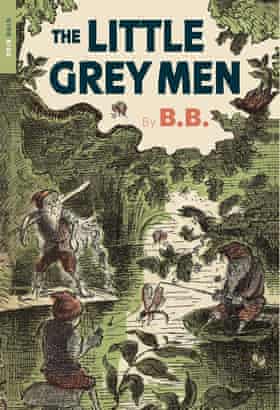
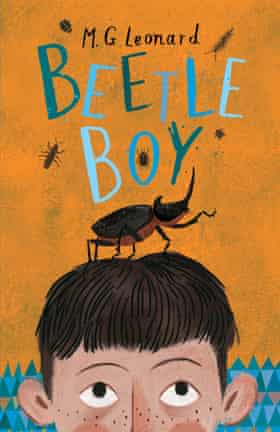
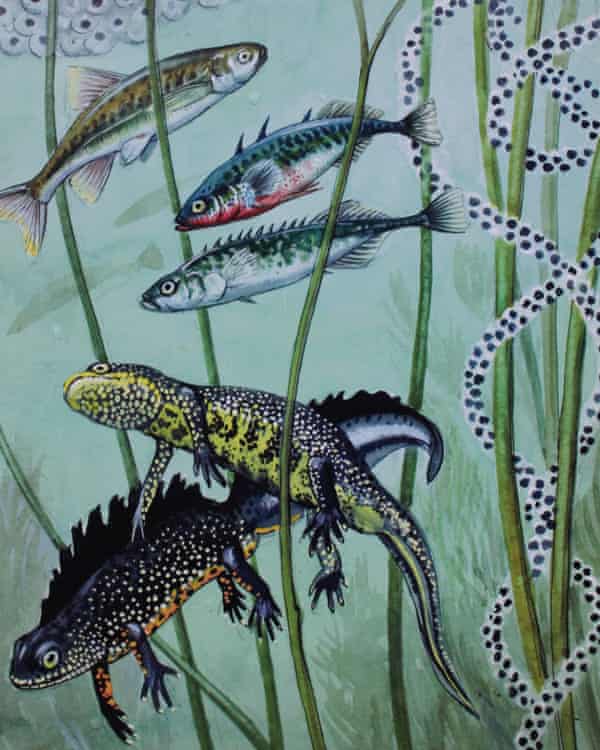
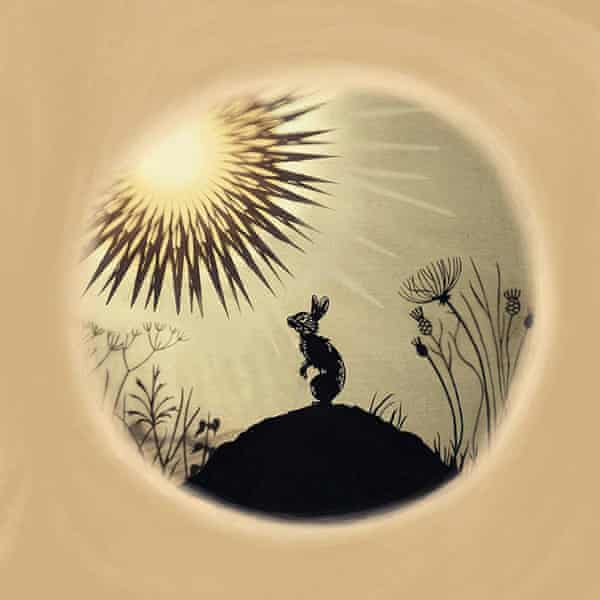





 While we await word as to whether the Supreme Court will take up appeal of the case of Harvard’s blatant discrimination against Asians, we note the publication this week of
While we await word as to whether the Supreme Court will take up appeal of the case of Harvard’s blatant discrimination against Asians, we note the publication this week of 


